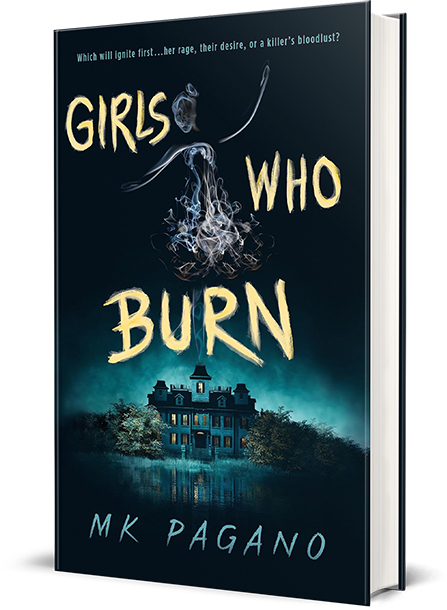How To Choose a Point of View Character

I wrote about point-of-view earlier, but today I want to go a little deeper into that. More specifically:
How do you choose who your point-of-view character will be?
Well, if you’re writing in first person with only one narrator, that makes it relatively easy. Your POV character will most likely be your protagonist–the hero of the story.
But if you’re writing in third person? With multiple POV characters, as I did for my first novel?
That can be tricky. While drafting my first novel, I for some reason got it into my head that each of my POV characters had to have equal narrator times, so I divided up the novel by pages, ensuring each POV character had an equal amount of say.
This was not the way to go about it.
I got so obsessed with the equal-narrator-time, I had characters spying on scenes so I could tell them through their POV–even though they weren’t in the scene at all.
That was dumb. So how did I change my approach?
I read this somewhere and I really, really wish I could remember where so I could credit it to someone, as it’s changed my life. But here it is:
Your point-of-view character for each scene should be the character who has the most to gain or lose.
Think about it. In each scene, something imperative to your story–and therefore your characters–is happening. (At least, it should be.) There will be consequences to what happens. Something will change. And so doesn’t it make sense that the person with the most at stake should be the one telling the story?
For example, Cassandra Clare famously tells her YA fantasy novels through the eyes of several of her characters. In Clockwork Angel, the story starts off told entirely from the point of view of Tessa, the “regular” girl who’s drawn into the world of shadow hunters after her brother disappears and she’s kidnapped by witches. This makes sense–she’s the one experiencing the inciting incident, the one in danger, the one for whom the entire world is changing. But as we move through the story, we learn more about the other characters, and when the stakes are high for them–for example, when Will is in danger of losing something dear to him–the scene shifts to being told in his point of view.
BUT! There are exceptions to all of this, the most famous being The Great Gatsby. The main character of the novel is Gatsby–he is the one who has the most to gain or lose–yet we’re told the story through Nick Carraway’s point of view. This works because Nick sees things that Gatsby can’t. But I’d argue that to pull this off, you have to be a pretty talented/experienced writer to begin with, so I’d encourage all beginner writers to start with making your POV character your protagonist. And then once you’ve nailed that, if you are so moved, go on to more complicated things.
UPDATE: Thanks to Matt for identifying where I found this POV advice! It’s from Pam McCutcheon, and you can read all her brilliant thoughts here.
Photo by Edward Kucherenko on Unsplash


“Your point-of-view character for each scene should be the character who has the most to gain or lose.”
That is an excellent piece of advice. I believe it was Pam McCutcheon who coined it—although someone may have said that before her. Here’s the full quote:
“The next question is, whose POV should you be in? Assuming you’re using third person and more than one character’s POV, then ask yourself which character has the most to gain or lose in your scene. Which one has the primary goal, the major conflict? That’s the person whose head you should be in because that’s who the reader will want to identify with. You should ask yourself this in every scene, to ensure you pick the most compelling viewpoint, because compelling viewpoints make fascinating characters that will make your readers care and keep them turning the pages. Isn’t that what good storytelling is all about?”
YES this is definitely the passage I picked it up from–THANK YOU! Updating now!
That’s amazing advice. I have never thought of it like that before.
I must admit when I started out I was also a little obsessed with the equal amount of character say too, so what I did was I wrote one scene this character and one scene the next and I would change the scenes around to make it work.
The advice that got me over that was in one of the writing excuses episodes where Brandon Sanderson said that he writes the scene from the point of view that would make the scene the most interesting.
This sort of advice really does leave me thinking about my entire writing style.